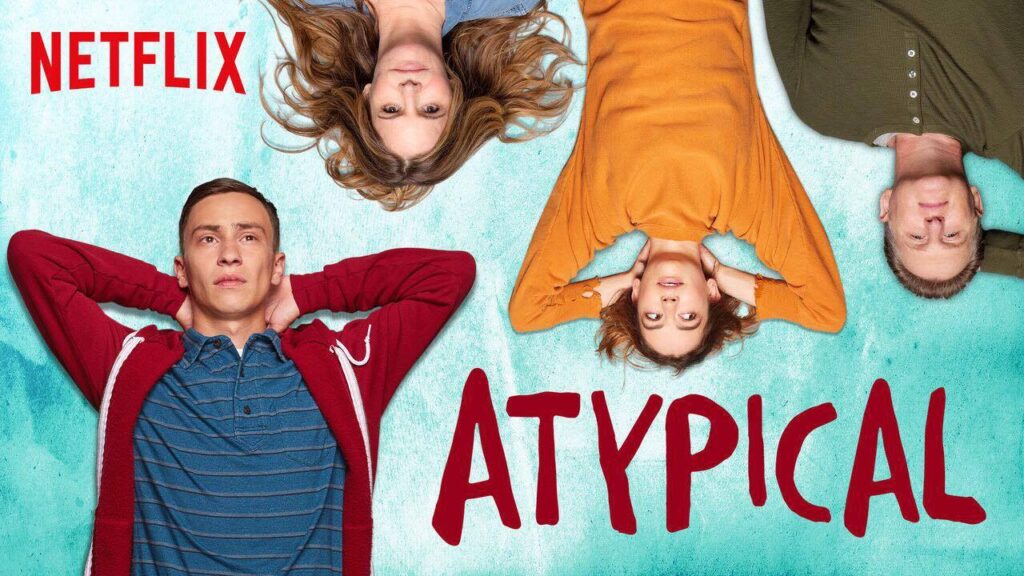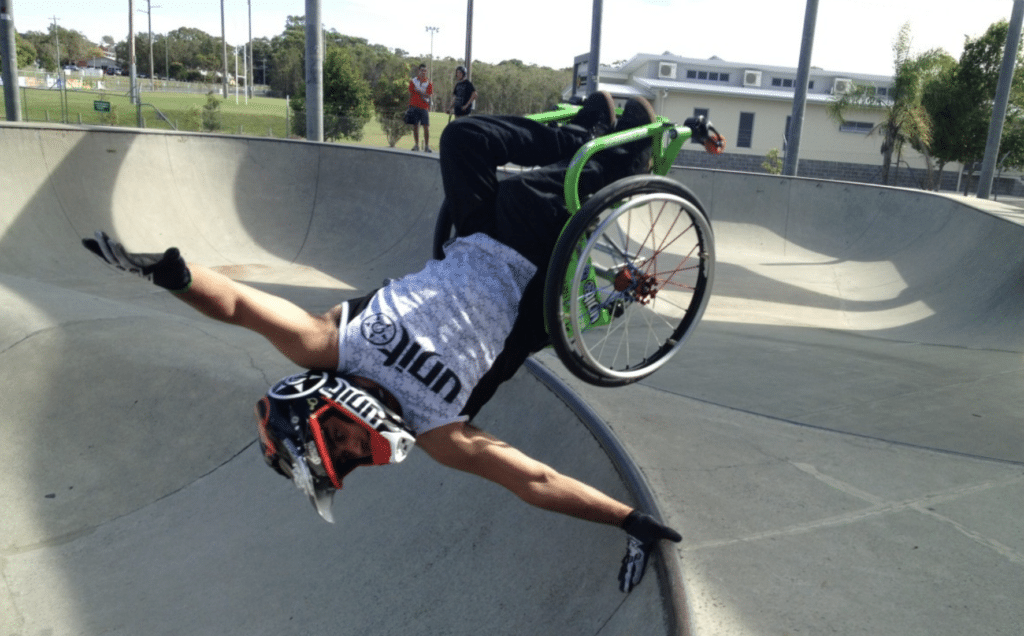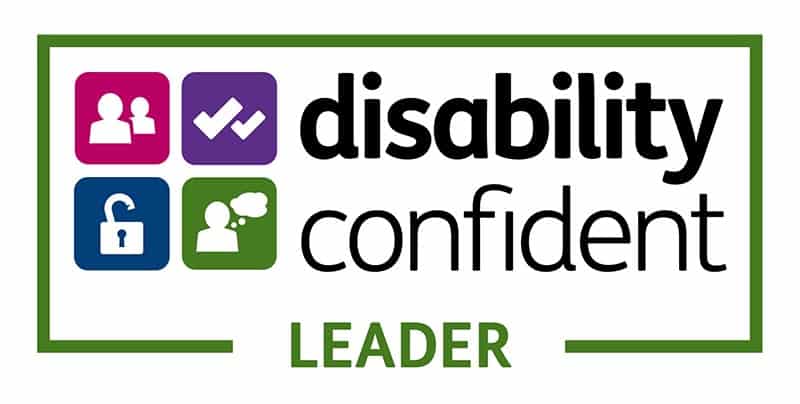We all often turn to TV, books, films and the media for entertainment, inspiration, learning and as a point of reference, particularly as a young person learning to navigate the world. But what if we then found we weren’t able to relate to these characters, and people like us weren’t represented accurately or authentically? This is the reality for many Disabled young people, who should be able to identify with the media just as much as anyone else. With a staggeringly low 4% of children’s books featuring Disabled main characters, according to the Cooperative Children’s Book Center’s survey, there is a lot of work to be done!
Whilst there are a lot of challenges within representation, there are some organisations and shows that are making positive progress in the right direction. And whilst we all need to be conscious of our media consumption, it shouldn’t be underestimated how media can be used as a force for good to both empower young Disabled people and educate the rest of society.
Discover how and why the media can be used to authentically represent the Disabled community, and for our recommendations on what to get stuck into!
The challenge of representation
The representation of Disabled people in films, fiction and TV often falls short. For example, representation can be tokenistic, with characters stuck there as an extra in the background or a best friend in a wheelchair; it seems like they are only included to tick a box, and the characters aren’t properly integrated into the plot. In other instances, Disabled people are treated as a sob story, a hero defeating the odds or charity case. This isn’t just in TV shows, but in the news too, like when Hari Budha Magar, double amputee, climbed Mount Everest. The focus is often on disability, rather than the person. Shows like Britain’s Got Talent too can put the person’s impairment centre stage, sometimes overshadowing the rest of the person who shouldn’t just be defined by their impairment.

It is also usually physical impairments that are represented in the media, not the whole range of other impairments that exist, such as neurodiversity. If young people don’t see themselves represented on the TV, it perpetuates the idea that they are different from everyone else, and can cause a range of emotional and mental health problems. Whilst we are seeing progress with some adult shows becoming more diverse, there is still a huge lack of authentic representation in media aimed at young people – we need to do better!
And it’s not just in entertainment that there are issues with representation – in media for schools, education and the workplace too, such as training videos and textbooks, there is a distinct lack of Disabled representation. Studies have shown that representation of disability in textbooks is severely limited; although they are trying to be more diverse, by including Disabled people in examples and pictures, there is still a lot of room for improvement. The depiction of Disability needs to be more frequent and standardised, especially as children engage with textbooks as a source of knowledge, truth and need to see themselves represented in order to feel included in society as they grow up.
Positive examples
Despite the problems that persist with representation, progress is going in the right direction. British comedy, for example, is becoming a lot more diverse, such with people like Fern Brady who identifies as autistic, but by its nature, stand up comedy is often aimed at adults rather than children and young people. Unmasking Autism is a good documentary which helps represent how Autistic minds work, but once again this isn’t aimed at the younger generation. Ability is a podcast produced by non-verbal man in his 20s about his experience of being a young person with Cerebral Palsy, and the series shows how it isn’t his defining feature, but once again this is aimed at adults. It is so important for Disabled and non-disabled children and young people to have better sources of representation shown to them from an early age to defy stereotypes, teach them about an inclusive society, and to relate to.
Discover our list of what to watch, read and listen to for a more authentic representation of Disability in all its forms:
- Heartstopper – this TV shows more authentic representation of LGBTQ+ communities and disability, with Felix who is nonbinary and uses a power wheelchair and a feeding tube. Felix’s status as a Disabled person isn’t a sob story or tragedy, it’s part of who they are.
- Atypical – a Netflix series about an Autistic teen. However it is still a very American show so might be less relatable for British audiences as there are different support systems in the US.
- Sex Education – a British teen comedy drama that depicts Isaac, played by George Robinson, also a wheelchair user, in an empowered way just like any other teenager in the show.
- Sesame Street – this popular show features an Autistic character, Julie.
- How to train your dragon – this film features amputees as the main characters.
- The Curious Incident Of The Dog In The Night Time – is a novel that represents the social model of disability as it follows a neurodiverse main character navigating a neurotypical world. His exact impairment isn’t ever explicitly stated, showing how it is society that creates barriers, not the impairment itself.

As well as representing Disabled characters and subject matter, we can’t forget the importance of celebrating the Disabled writers, producers and creators of the media we consume. And that’s regardless of whether they chose to create books, films or TV about disability or about other subjects entirely. Sarah Allen, author of What Stars Are Made Of says ‘in my opinion disability representation is centred on giving writers with disabilities space to tell their stories. Whether those stories focus on the particular disability directly or incidentally, whether the genre is contemporary, fantasy, or something else entirely.’
In social media too, it is more important than ever that everyone is represented. With the majority of children and teens engaging in social media, with 97% of 16-17-year-olds using the various platforms, it has increasingly become a huge influence on our youth. Social media channels like TikTok can empower young people to express themselves and connect others in their community, but it is also important that the content they are consuming so regularly is healthy, relatable and inspiring. There are more and more positive influencers out there advocating for disability equality like blind footballer Toby, dancer Chelsie Hill and deaf artist and author Chella Man.
Importance of role models
As young people grow up, role models are people we can look up to for advice, guidance and to relate to. The media is one way of providing this, and seeing Disabled people accurately represented or celebrities celebrated for their achievements can shape the way young people see themselves and their own journey. From Aaron Fotheringham, wheelchair skater, to scientist Stephen Hawking, we need to make sure that children today have positive and inspiring role models that show them that disability isn’t defining.

Role models are important in times of adversity, as seeing inspirational people achieve their goals despite challenges and obstacles will inspire confidence and motivation in young people. If you’re a young person, think about what your passions are and who inspires you. But remember, it is also important to have people in our own lives and communities we can speak to as well as role models in the media. Whether that is a parent, carer, friend or family member that we know and trust, try and find a range of people that can act as sources of inspiration and help you through hard times.
Summary
It is clear that there needs to be better representation in the media of Disabled people to support Disabled young people as they navigate the world. Having authentic and inspiring representation and role models can make all the difference in how young people feel about themselves and the world around them – and everyone deserves to feel confident in who they are. Not only this, authentic representation can help educate everyone in society about disability and help stop negative stereotypes. So why not take a look at your bookshelf and watchlist, and add in a few more positive examples today!
Get in touch with us at Children and Young People Services for more information about the opportunities and support we offer at WECIL for you or your child.



